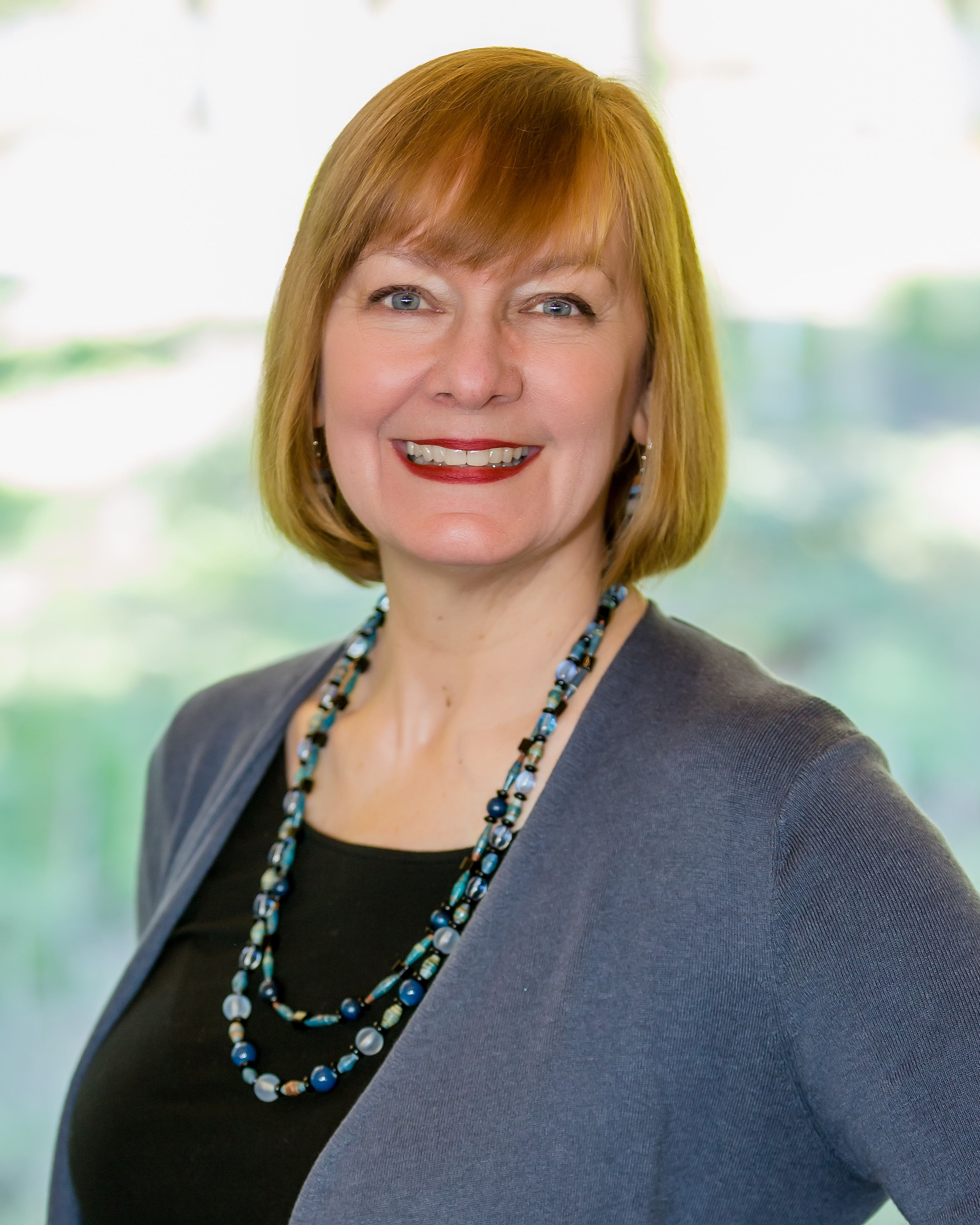
It is time for the medical professions and the design professions to collaborate to address the environmental issues impacting public health, and to create designs that eliminate detrimental impacts on public health.
Welcome to summer! After our months of pandemic-induced seclusion, it feels great to be able to get out of our homes and go outside. Unfortunately, in many places, the summer means increased heat, more severe storms and risk of either drought or flooding. It’s unsafe to go out, but unhealthy to stay in! What’s a community to do? This is a question that increasingly comes up in discussions of public health.
We’ve learned that the health of the general public is far more dependent upon the built environment than it is upon clinical care. Doctors have always known that it is ineffective to treat symptoms of an ailment if you can't treat the causes. Architects and planners are creating places that to a large extent control these causes.
It is time for the medical professions and the design professions to collaborate to address the environmental issues impacting public health, and to create designs that eliminate detrimental impacts on public health.
Young professionals who want to make a difference in their world should learn early on the impact that their work in the built environment could have on the health of the occupants and users of their designs. What we really need is for students and young professionals from both architecture and medicine to be aware of these issues – and to work together.
As design professionals, we tend to talk with great urgency among ourselves about how our designs impact public health and resilience. We rarely have the chance to discuss these important issues with medical professionals until we are put together to do a project, sometimes in adversarial positions.
As a doctor who deals directly with public health, Dr. Susan Mims, Interim CEO of Dogwood Health trust, says, “The concepts of preventative care and resilience are crucial to the medical profession. The inclusion of the medical viewpoint is helpful for projects to successfully address them at a community level, for better public health outcomes.”
While not every project has the capability to transform a neighborhood, most provide opportunities to provide connections. Obviously, campuses and other planned neighborhood environments can be designed with pedestrian connections and access to nature, but, for example, even a drive-up bank can include an option for pedestrian access. All projects can spec healthy materials, and access to outdoors. These themes are important for all projects, not just healthcare buildings.
Many architects create projects with far-reaching public health benefits, (many of these are COTE Top Ten winners!) proving that the built environment can be designed with public health in mind. To continue this trend, increased communication and collaboration with the healing professions can only enhance the work we do. Through communication, we can also increase the understanding of the medical profession of all the aspects of building design that impact their work and the health outcomes of their patients.
Architect Adele Houghton is a PhD candidate at the Havard T.H. Chan school of public health and working on a book about architectural epidemiology to assess site specific environmental health needs as part of the project process. Her recent article in Harvard’s Public Health Review describes how a “co-benefits approach” can leverage COVID renovation projects for longer term health benefit.
As we continue to see our work as providing the infrastructure for people to live healthy lives, we will continue to see increased improvement in public health outcomes.